A Beginner’s Guide to Companion Planting in the Vegetable Garden
Have you ever tried companion planting in your vegetable garden? See how your garden can greatly benefit by growing the right combination of plants.
When growing a vegetable garden, it’s not always about which plants you grow. Being strategic about where you grow your plants and which ones you grow together can reward you with better growth and reduced pests.
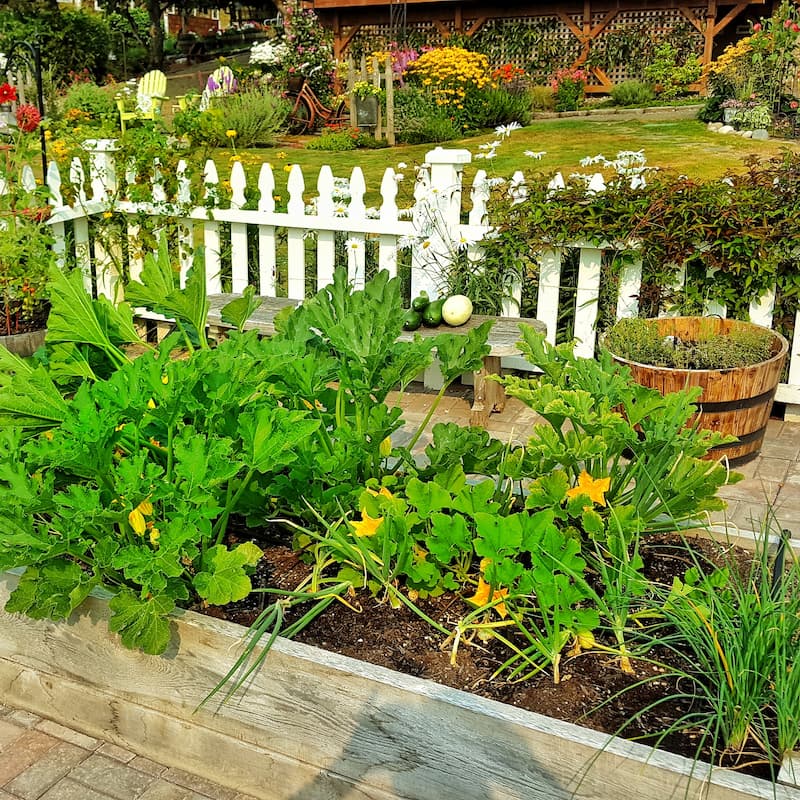
As an Amazon affiliate, I earn a commission from qualifying purchases at no additional cost to you. My blog also features other affiliate links for your convenience. Click here to read my privacy policy.
What is Companion Planting?

Companion planting is the practice of growing different crops near each other for mutual benefit and keeping others separated so that they all thrive.
The Three Sisters Planting Method
The Three Sisters method of companion planting is a well-known example. It has been widely used by Native American farming societies.
Benefits of Companion Planting
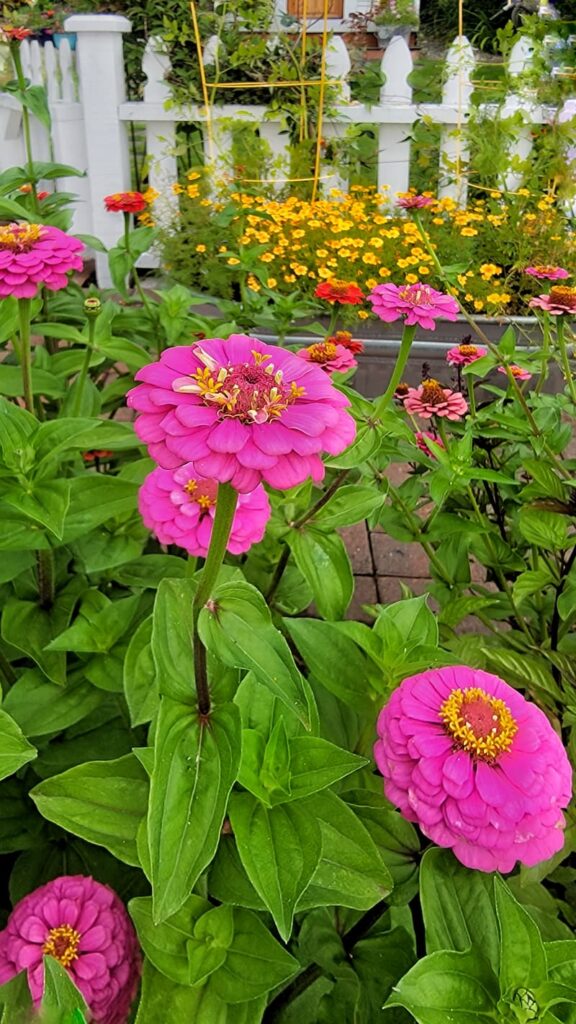
There are so many benefits to planting specific crops together:
Deterring Pests and Repelling Insects
Many plants are natural insect repellents or deter critters. Two vegetables that are grown side by side can reduce pest infestation.
Attract Pollinators and Beneficial Insects

Growing nectar-rich flowers among crops will attract pollinators and beneficial insects to the garden. This will help to boost the pollination of flowering crop plants like tomatoes, beans, and squash.
Improved Plant Health
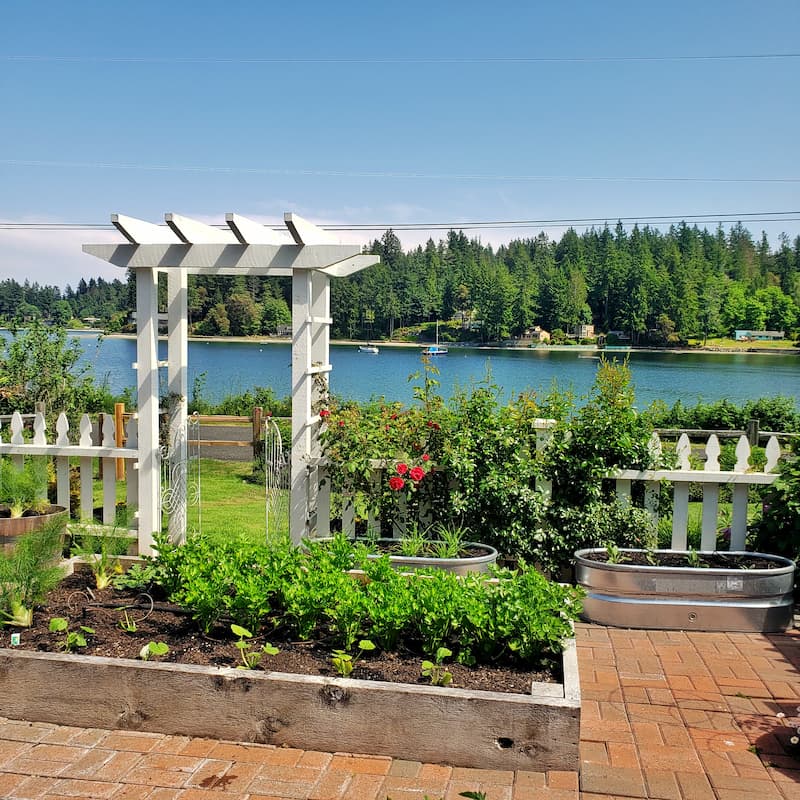
The soil biochemistry can positively change when one plant absorbs certain substances from the soil. This benefits the other plants nearby.
Shade Regulation
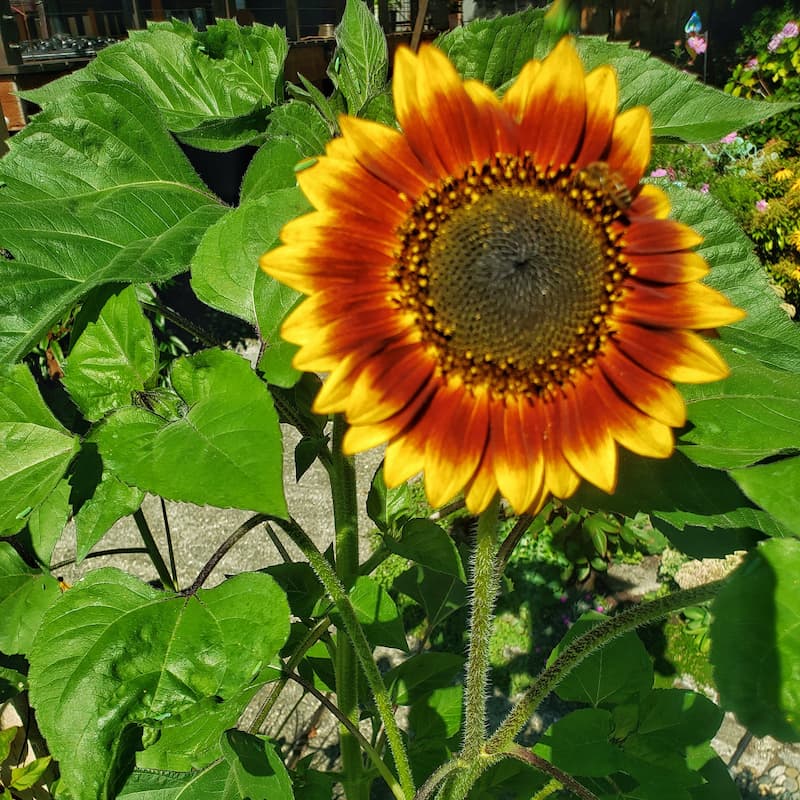
Tall plants such as corn and sunflowers provide shade for smaller plants. This protection can benefit plants such as lettuce, spinach, and Swiss chard that need relief from the hot summer sun.
Bush beans tolerate the shade from corn. Their roots don’t compete for water and nutrients at their level in the soil.
Improved Soil Fertility

Some crops, such as beans, peas, and other legumes, help to improve the nutrient supply and uptake from the soil.
Natural Supports

Tall plants, such as corn and sunflowers, can support sprawling and lower-growing crops needing trellising like cucumbers and peas.
Weed Suppression
Companion planting can help suppress weeds if done the right way. Interplanting different crops can help mark garden rows. It also distinguishes fast-germinating plants from slower-germinating plants.
Companion Planting Mistakes to Avoid
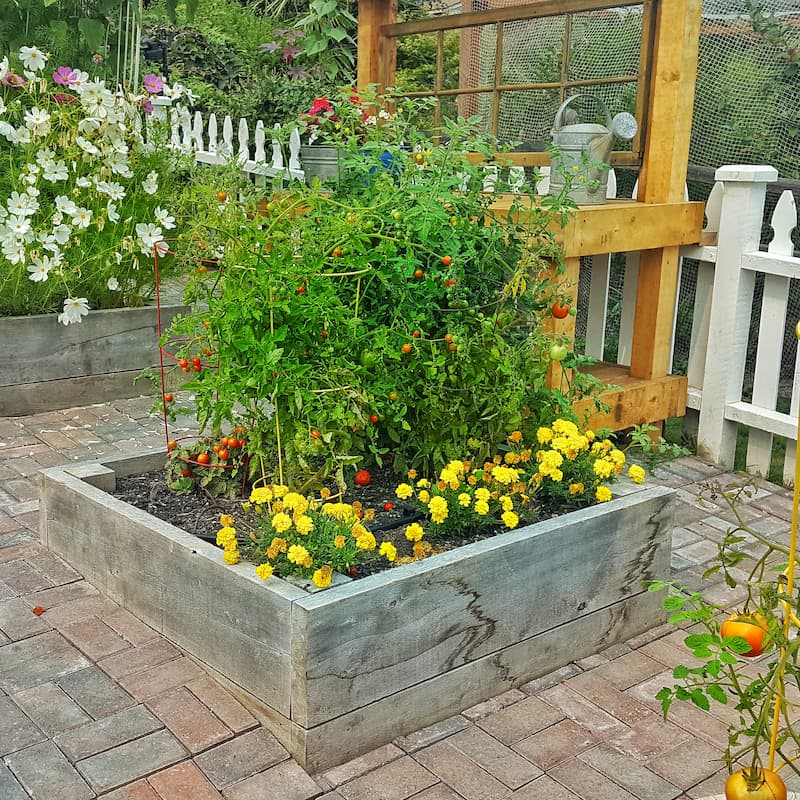
Certain neighboring plants can cause harm rather than benefit them.
Any crops that are similar to one another should not be planted next to each other.
These similarities can include:
Some crops can inhibit the growth of other plants.
NOTE: Fennel is a poor companion plant that should be planted in the garden far away from all other crops.
Common Vegetables Companion Planting Chart

Here are some of the most common garden crops and the best companion plants so your garden will benefit from them.
| Plant | Companions | Keep away from | Notes | ||
| Asparagus | Asters, Basil, Cilantro, Marigolds, Nasturtiums, Oregano, Parsley, Peppers, Sage, Thyme, Tomatoes | Onion, Garlic, Potatoes | Repels flies, mosquitoes, and thrips. Improves flavor in tomatoes. | ||
| Basil | Asparagus, Oregano, Peppers, Tomatoes | Sage | Repels flies, mosquitoes, thrips. Improves flavor in tomatoes. | ||
| Beans | Cabbage, Carrots, Cauliflower, Corn, Cucumber, Marigolds, Nasturtiums, Rosemary, Sunflowers | Chives, Leeks, Garlic | Improves nitrogen deficiency in the soil. | ||
| Beets | Bush beans, Broccoli, Cauliflower, Corn, Garlic, Leeks, Lettuce, Mint, Onion, Sage, | Pole beans | Beet leaves add minerals to the garden’s soil and are composed of 25% magnesium. | ||
| Broccoli | Celery, Dill, Onion, Oregano, Potatoes, Rosemary, Hyssop | Strawberries, Tomatoes | |||
| Cabbage | Beets, Celery, Chamomile, Garlic, Nasturtiums, Onion, Potatoes, Sage | Eggplant, Strawberries, Tomatoes | |||
| Carrots | Beans, Chives, Leeks, Lettuce, Onion, Peas, Rosemary, Sage, Tomatoes | Chives, Dill, Parsnip | To prevent cross-pollination, don’t plant any members of the carrot family | ||
| Corn | Beans, Cucumber, Dill, Peas, Potato, Pumpkin, Spinach, Sunflowers | Tomatoes | |||
| Cucumber | Celery, Dill, Lettuce, Nasturtium, Oregano, Pea, Radishes | Basil, Cauliflower, Potatoes | |||
| Garlic | Beets, Carrots, Cole crops, Cucumbers, Eggplant, Lettuce, Peppers, Potatoes, Tomatoes | ||||
| Lettuce | Basil, Beets, Carrots, Chives, Garlic, Onions, Radishes, Strawberries | Beans, Parsley | |||
| Melon | Broccoli, Corn, Garlic, Radishes | ||||
| Onions | Broccoli, Cabbage, Lettuce, Marigolds, Tomatoes | Beans, Peas | |||
| Peas | Alyssum, Beans, Carrots, Chives, Corn, Cucumbers, Mint | Garlic, Onions | |||
| Peppers | Basil, Beans, Carrots, Catmint, Cilantro, Marjoram, Oregano, Parsley, Tomatoes | Fennel | |||
| Potatoes | Beans, Cabbage, Catmint, Cilantro, Corn, Eggplant, Lettuce, Peas, Radishes, Spinach | Cucumber, Pumpkin, Sunflower | often used as trap crops for flea beetles. | ||
| Radishes | Beans, Beets, Carrots, Nasturtiums, Peas, Spinach | Cabbage, Cauliflower, Brussel Sprouts | |||
| Winter Squash/ Pumpkins | Calendula, Corn, Oregano, Nasturtiums, Squash | Potatoes | |||
| Spinach | Beans, Brassicas, Cilantro, Eggplants, Leeks, Lettuce, Oregano, Peas, Radishes, Rosemary, Strawberries | Parsnips, Potatoes | |||
| Tomatoes | Asparagus, Basil, Beans, Bee Balm, Borage, Calendula, Carrots, Celery, Chives, Cucumbers, Dill, Garlic, Lettuce, Marigolds, Mint, Nasturtium, Onion, Parsley, Peppers, Squash, Thyme | Brassicas, Corn, Dill, Fennel, Potatoes | Potatoes spread blight to tomatoes. Corn attracts bad pests | ||
| Zucchini | Beans, Corn, Nasturtium, Oregano, Peas, Radishes, Zinnias |
Companion Planting with Herbs
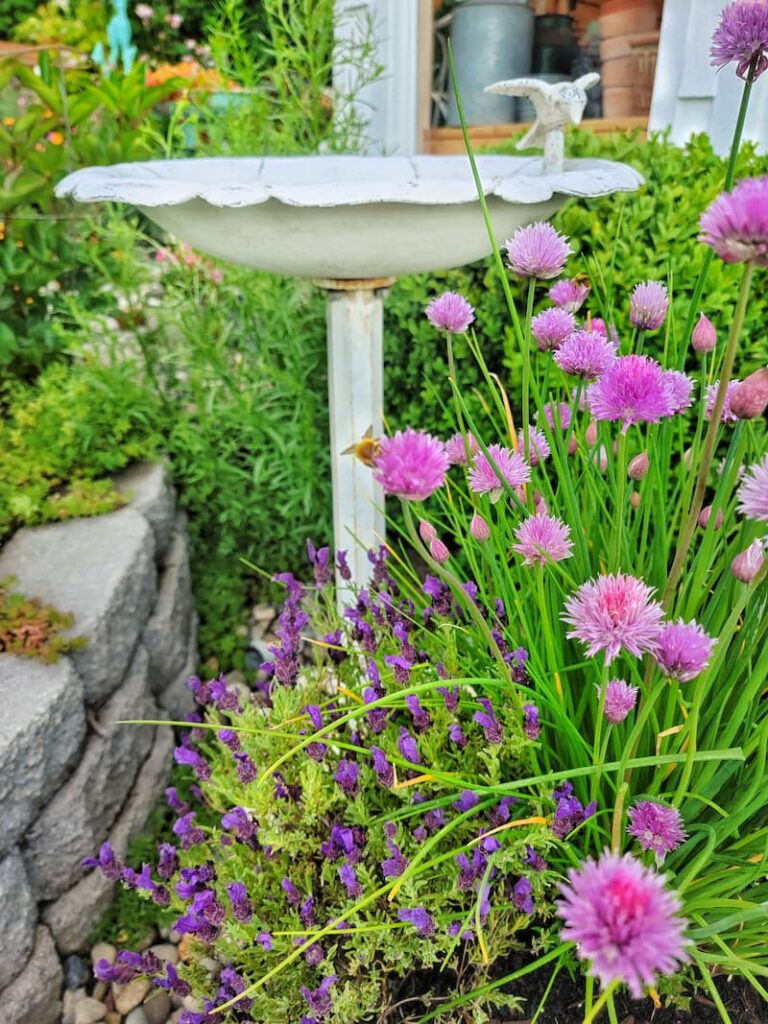
Many herbs offer benefits to the garden. They not only repel and trap pests but also attract pollinators and other beneficial insects to plants.
Plant some of these most beneficial herbs in the garden. You will be rewarded as a result.
Final Thoughts
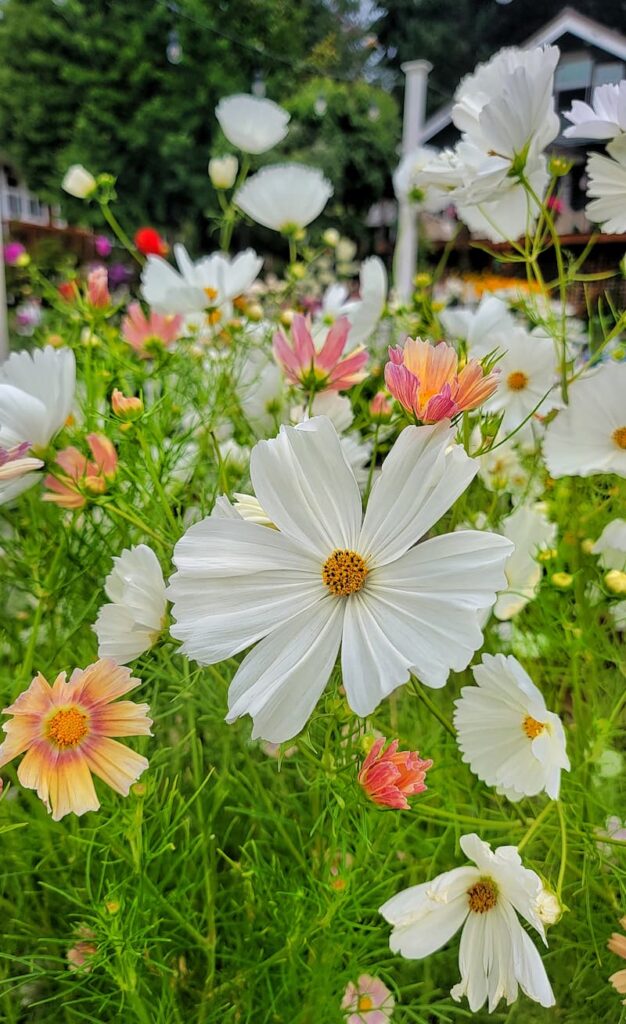
I hope you have found some companion planting ideas of your own. Your garden is sure to reap the benefits this year. You’ll not only be surprised by how your plants will benefit from this type of gardening but also how they will protect each other from pests.
If you have any questions or additional suggestions, please share them in the comments below. And be sure to share this blog post link with anyone who may find these gardening tips useful.
Until next time,
Happy Gardening!

I’m a self-taught hobby gardener. Everything I share on my blog is my opinion and what has worked for me.
Follow Me for More Inspiration
Shop my Amazon Storefront, LTK sources, and my favorite home decor, garden, and lifestyle products. When you purchase from one of my links, I earn a small commission, which helps me continue sharing all the content you expect on my blog.
Be sure to follow me on Pinterest, Instagram, Facebook, TikTok and LIKEtoKNOW.it. Do you like gardening? Join my Facebook Gardening Tips & Tricks group

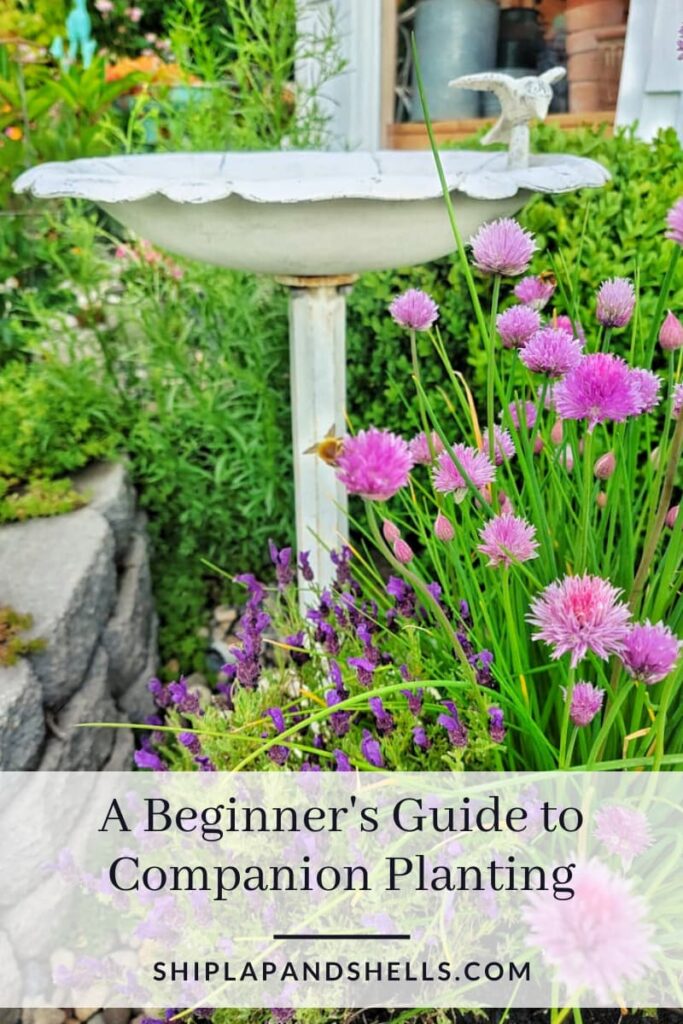


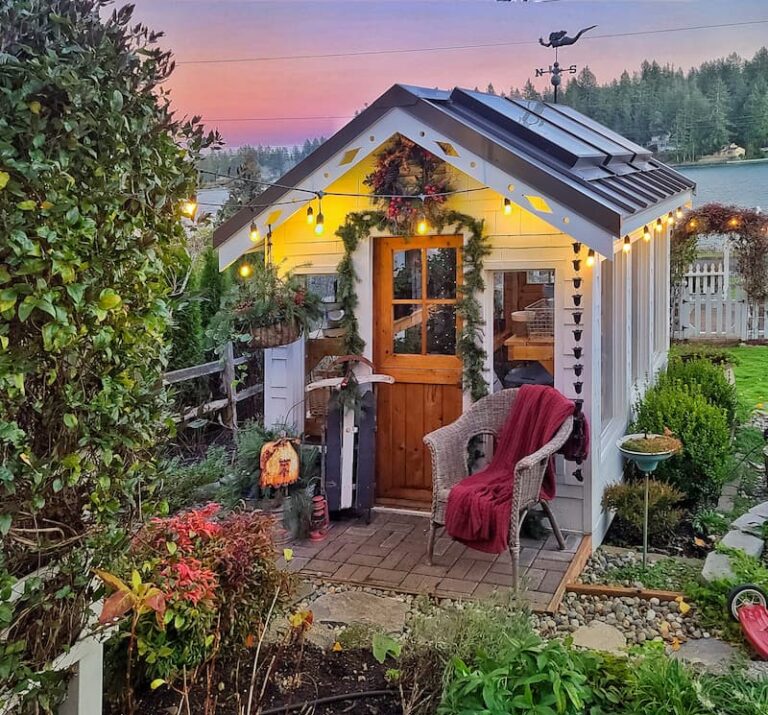
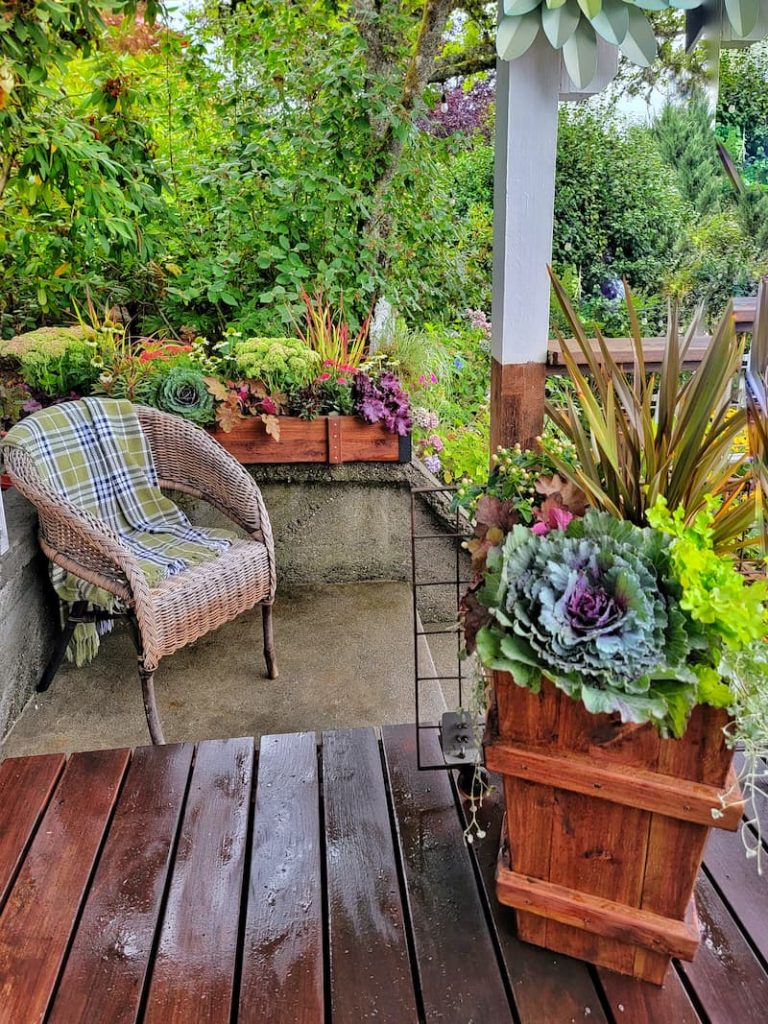

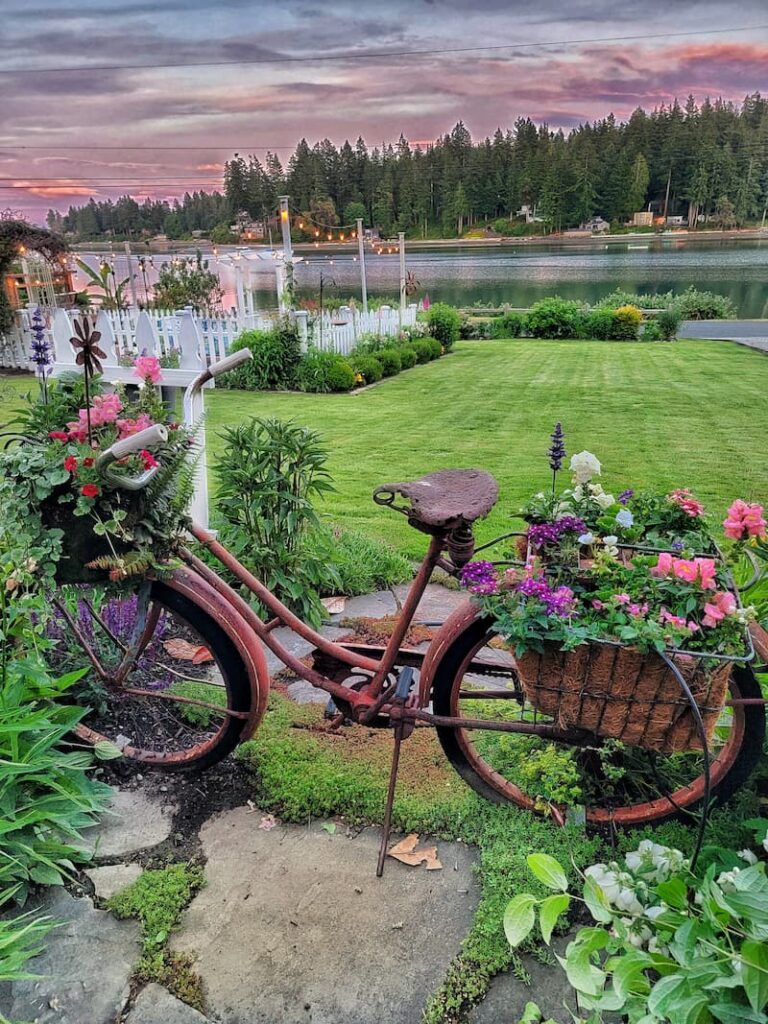
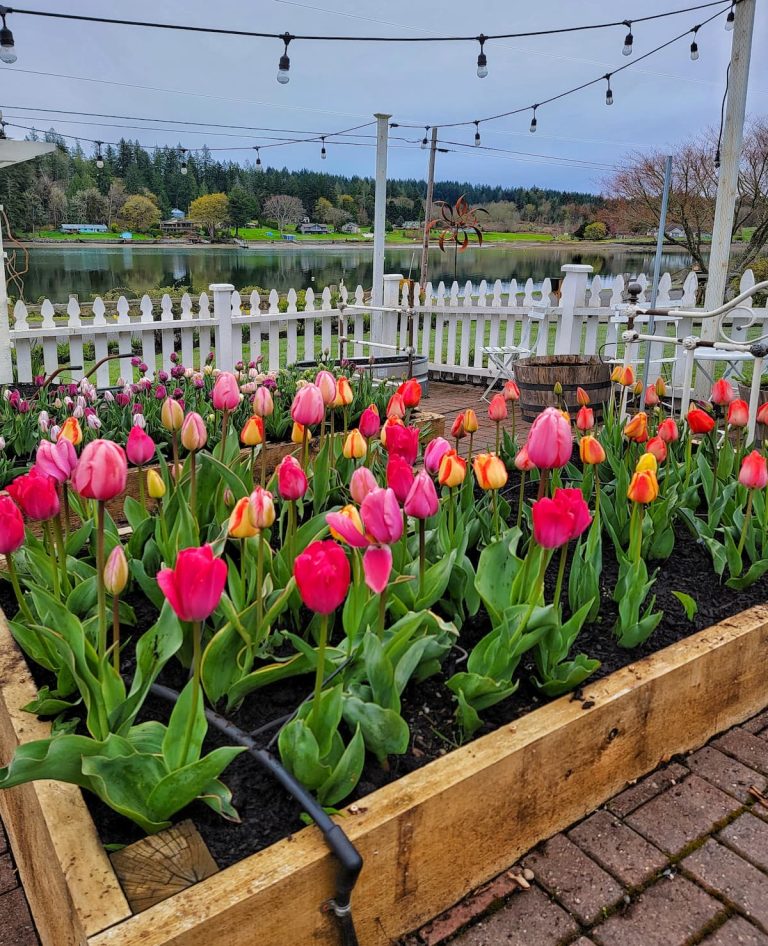

This post is so helpful Kim! I’ve just pinned it and will definitely share it on Friday too. I know a lot of people are getting started with their vegetable and herb gardens since the weather seems to have stabilized just a bit. I never realized how much one plant could help another plant out like this, that is so cool. Love your gorgeous gardens and all your helpful tips! Big hugs, CoCo
That is so true and it really works too! Great post thanks for sharing! xo
Thanks, Stacy. I don’t always follow the guide as well as I should.